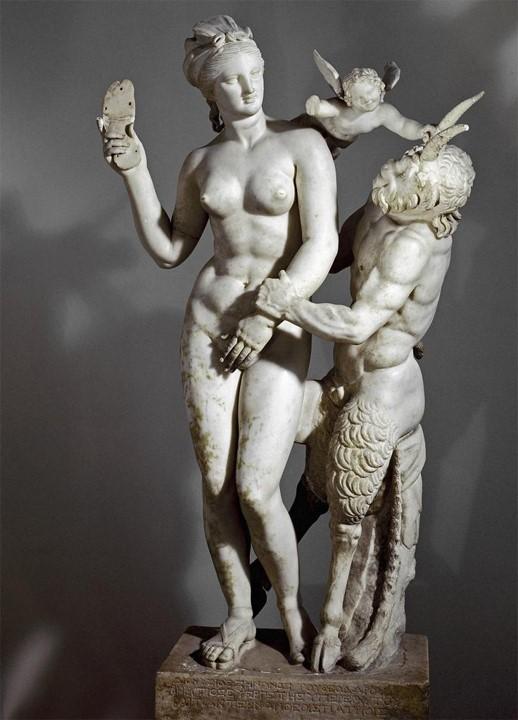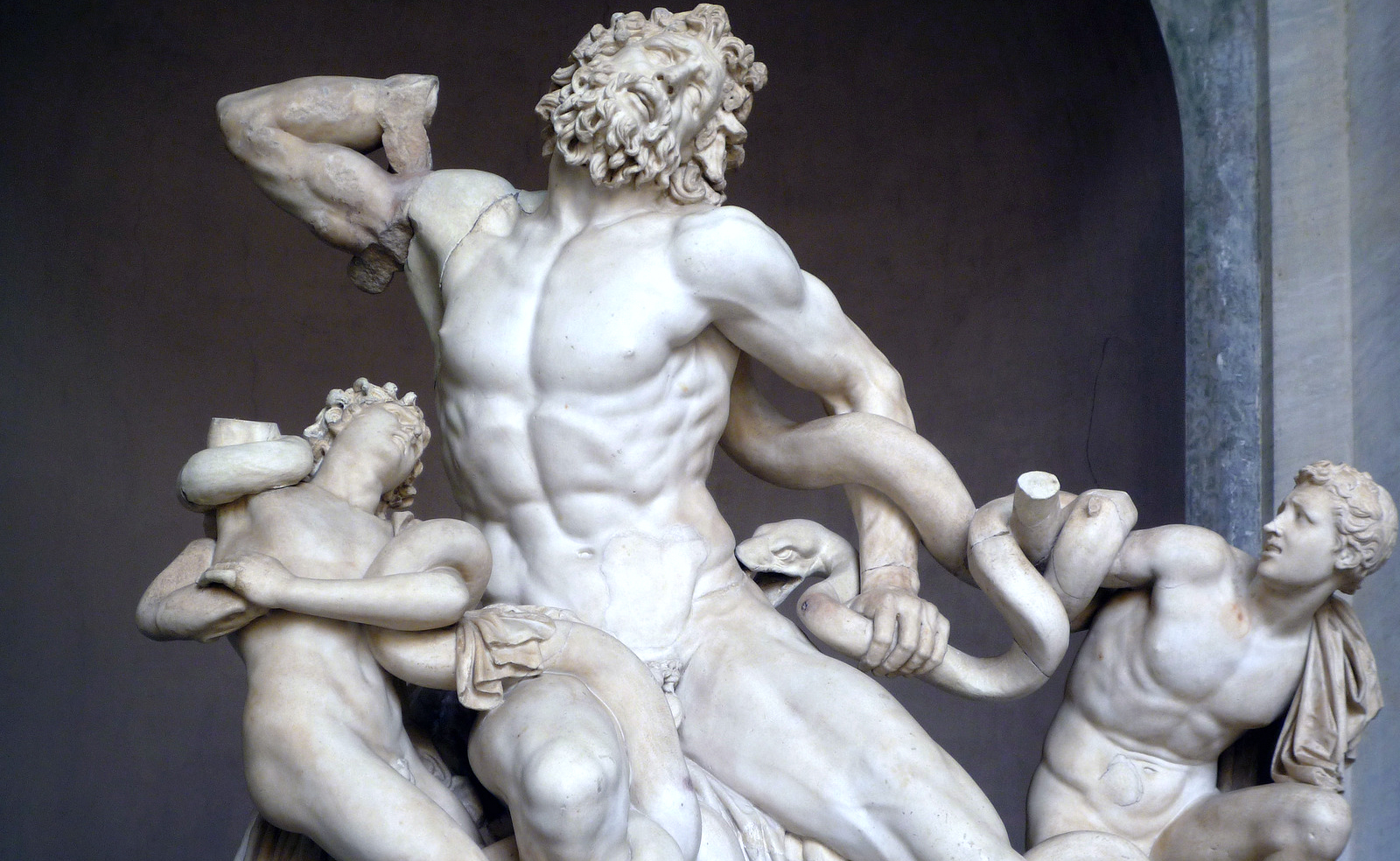3 points QUESTION 25 1. By signing up youll get thousands of step-by-step.
The Classical art emphasizes rational simplicity order and restrained emotions.

. Which period marks a shift from the stiff archaic style to a more realistic and sometimes idealistic portrayal of the human figure. Classical greek sculptures became increasingly naturalistic and began to show the body as alive and capable of movement while maintaining an interest in portraying the ideal human anatomy Greek Architecture. Art of Ancient Greeces Classical Period.
The shift toward more naturalistic sculpture. Can be seen on the Temple of Athena Nike built on the Acropolis between 427 and 424 BCE. Temples and other public buildings.
The sculpture of the Italian Renaissance comprises the approximate period between the late fourteenth and the early sixteenth century when Italian sculpture expressed a reaction against the aesthetic principles of Gothic and assimilating the influence of classical antiquity art humanism and rationalism developed a style that merged naturalistic and other idealistic elements into. The origin of sculpture in Greek and Roman art can almost be divided into distinct categories- classical and idealistic vs naturalistic and emotional sculpture work. True or false Classical sculpture was both naturalistic and idealistic.
Indeed John Boardman describes the work of Polyclitus Fig 2 a sculptor who canonized the male athletic body in classical period art as ideally realistic Boardman 157. The sculptures were generally polychrome except for works made in bronze. Their portraiture sculpture is regarded as the best sculpture of.
Classical sculpture became increasingly naturalistic and began to the show the body as alive and capable of movement while maintaining an interest in portraying the ideal human anatomy. Were Classical sculpture both naturalistic and idealistic. Classical sculpture was both naturalistic and idealistic Government assembly halls The first Christian churches were patterned after basilicas used by he Romans as.
Classical Greek sculpture is both naturalistic and idealistic. Were developed in the late fifth century BCE. The only materials available to the Egyptian sculptors were stones that had a very.
A similar conflation can be found in the medium of classical sculpture which is both naturalistic and idealistic. The rigid poses of Archaic figures gave way to a greater interest in anatomy and more relaxed poses. Build is a combination of abstract and naturalistic as the curvature of Khamerernebty is apparent and Menkaure clearly is depicted with muscles.
This sculpture and other reliefs of this time have influenced later artists like Auguste Rodin. The Greeks and Romans both represented gods and rulers in the form of statues a combination of religious and political influence. Prior to the influence of Greek sculpture Roman sculpture was portraiture sculpture busts.
Their symmetrical faces and idealistic forms show that this high relief sculpture was created for royal people and was likely intended to house their ka after death. However the poses are very rigid and lack fluidity. Played a major role in the daily lives of the people of ancient Greece.
Classical Greek sculptors were more imaginative because the Enlightenment released them from the dogma of the pharoahs. The Parthenon Marbles created by Phidias are perhaps the most famous examples of this style of Classical Greek sculpture. Their sculpture was predominantly portraiture see below until from the 1st century AD the Romans adopted Hellenistic sculpture which took sculpture to a different level as a model for their own sculpture.
Create an account to start this course today. The scientific skill of Greek sculptors in showing. The classical period characterized modifications in both the function and the style of the sculpture.
Poses seemed more naturalistic as shown by the Polykleitos of Diadumenos sculpture. Which of the following is her classical feature. Aphrodite of Melos has both classical and hellenistic characterstics.
Defined by a careful observation of nature a new concern for the mechanics of the body and the pursuit of ideal forms Classical Greek sculpture represents a radical departure from the compact forms and upright poses of Archaic male nudes. Classical Greek sculpture is both naturalistic and idealistic. These relief sculptures are known for their dynamic movement and realism and decorated the temple chambers interior walls.
Classical Greek figures appear more relaxed than the rigid formal Egyptian and early Greek sculptural poses because _____.

Classical Greek Sculpture Is Both Naturalistic And Idealistic True Or False Study Com

The Story Of Art Symbolism Idealism And Realism Carolyn Anderson Blog

Art History Midterm Flashcards Chegg Com

Introduction To Ancient Greek Art Article Khan Academy

Form And Reality The Classical Greek Balance Of The Ideal And The Natural Disrecognized Space


0 comments
Post a Comment